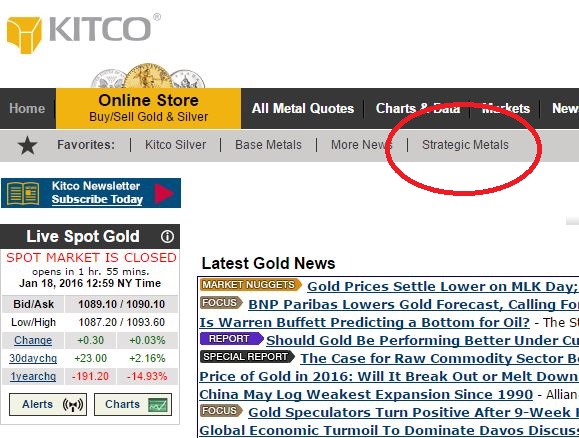Since the Hindenburg disaster, hydrogen has been known more for its risks than its uses as a fuel component. In its liquid form it has of course been used as rocket fuel, and more recently it has made an entrance as a potential alternative to lithium-ion batteries in cars. Not only is lithium-ion not free from hazards itself, the batteries also add more weight and volume to a device than a tank full of H2. Setting up a supply infrastructure remains an issue, and storage risks make people uncomfortable.

What if hydrogen could be produced in its metallic form? A metal, easy and safe to transport and store? What if this metal could be readily re-converted to its liquid state as needed to be used in fuel cells? A vision of a distant future, perhaps, but professor Isaac Silvera of Harvard University claims to have just taken the first step, the creation of metallic hydrogen. I had a very interesting conversation with him, the product of which was just published on Kitco News. Here is the link: http://www.kitco.com/commentaries/2017-03-21/Metallic-Hydrogen-a-New-Area-in-Hydrogen-Storage.html


 One topic of my annual “Metal Megatrends” paper at the recent IPMI conference in Phoenix was sustainable mobility, and its impacts on metal consumption. In fact, if you read the story of how my column for Kitco News started four years ago (see the “Welcome” page of this blog), we have now reached a point where we can answer the question: “What if all cars in the world were electric?”.
One topic of my annual “Metal Megatrends” paper at the recent IPMI conference in Phoenix was sustainable mobility, and its impacts on metal consumption. In fact, if you read the story of how my column for Kitco News started four years ago (see the “Welcome” page of this blog), we have now reached a point where we can answer the question: “What if all cars in the world were electric?”. Carlos Ghosn, CEO of both Renault and Nissan, shared some very relevant insights on why electric vehicles are unstoppable, and why he does not see any of the tech companies enter the automotive market as a producer. Ghosn gave a speech at the opening ceremony and press breakfast of this year’s New York International Auto Show (NYIAS). My Kitco report (click
Carlos Ghosn, CEO of both Renault and Nissan, shared some very relevant insights on why electric vehicles are unstoppable, and why he does not see any of the tech companies enter the automotive market as a producer. Ghosn gave a speech at the opening ceremony and press breakfast of this year’s New York International Auto Show (NYIAS). My Kitco report (click 

 2015 was not a good year for technology metals (precious metals, rare earth elements and strategic metals). From a perspective of industrial use, what is the likely development in demand and price in 2016? Part one of my condensed analysis was just published exclusively on Kitco News.
2015 was not a good year for technology metals (precious metals, rare earth elements and strategic metals). From a perspective of industrial use, what is the likely development in demand and price in 2016? Part one of my condensed analysis was just published exclusively on Kitco News.